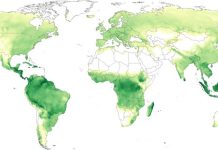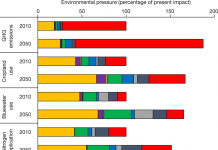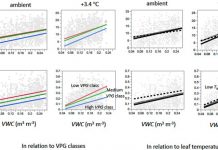Olga Blifernez-Klassen Viktor Klassen Anja Doebbe Klaudia Kersting Philipp Grimm Lutz Wobbe & Olaf Kruse. Cellulose degradation and assimilation by the unicellular phototrophic eukaryote Chlamydomonas reinhardtii. Nature Communications 2012 3 1214 doi:10.1038-ncomms2210.
Abstract
Plants convert sunlight to biomass which is primarily composed of lignocellulose the most abundant natural biopolymer and a potential feedstock for fuel and chemical production. Cellulose assimilation has so far only been described for heterotrophic organisms that rely on photosynthetically active primary producers of organic compounds. Among phototrophs the unicellular green microalga Chlamydomonas reinhardtii is widely known as one of the best established model organisms. It occupies many habitats including aquatic and soil ecosystems. This ubiquity underscores the versatile metabolic properties of this microorganism. Here we present yet another paradigm of adaptation for C. reinhardtii highlighting its photoheterotrophic ability to utilize cellulose for growth in the absence of other carbon sources. When grown under CO2-limiting conditions in the light secretion of endo-β-14-glucanases by the cell causes digestion of exogenous cellulose followed by cellobiose uptake and assimilation. Phototrophic microbes like C. reinhardtii may thus serve as biocatalysts for cellulosic biofuel production.







